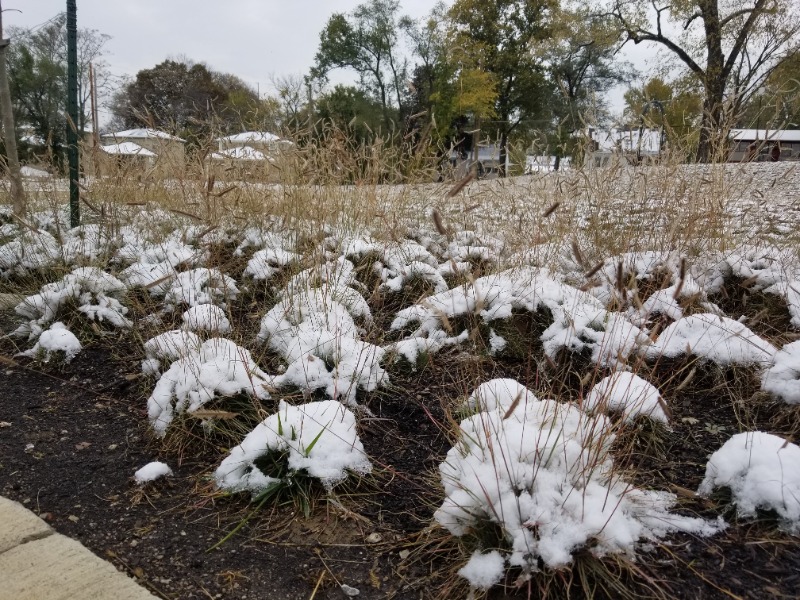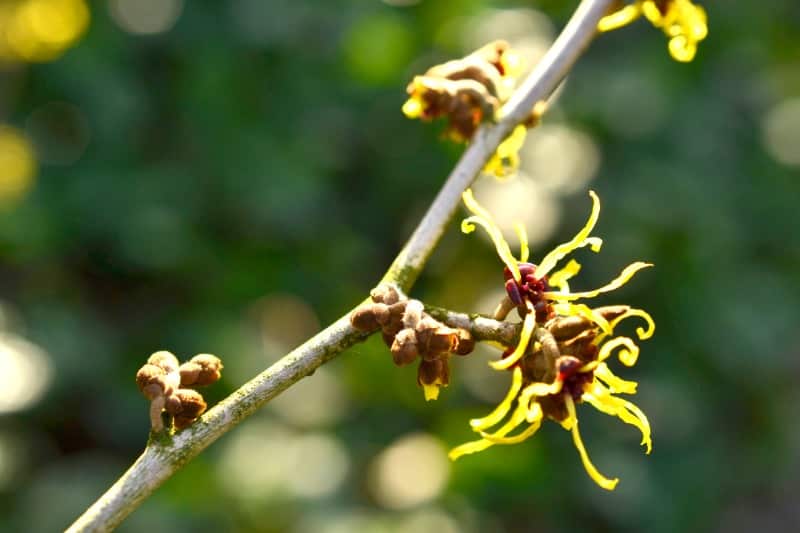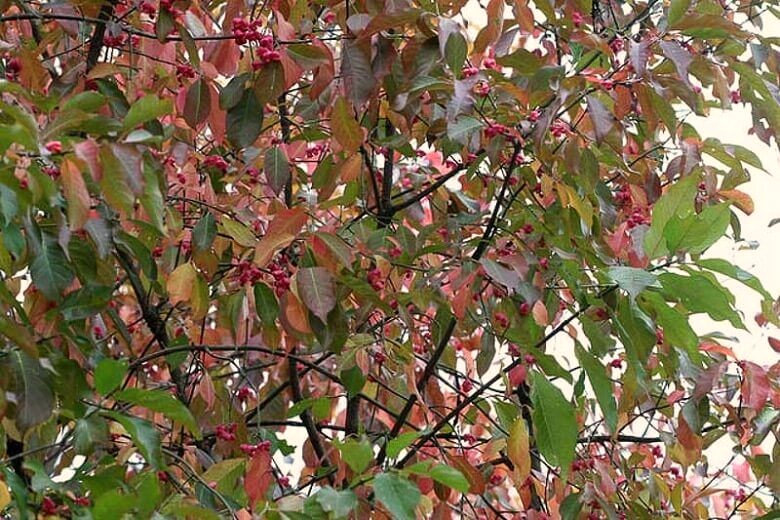In Missouri and across different areas of the world, many people dread the winter months. However, winter is a season that has its own unique beauty. For starters, when else do you get to enjoy the beauty of snow covering the landscape like a soft white blanket? And while many attribute winter to death, to us it is a season of slumber preparing for rebirth in the spring. Although many plants die in the winter, some thrive. By adding winter plants to the landscape of your property, not only will you be accentuating the sometimes-overlooked beauty that comes with the season, but you will also be providing food and shelter to birds and other animals.
Remember that not many plants thrive and flower during the wintertime which means food for birds and other animals is usually in shortage. Winter plants can help to provide sustenance to wildlife that visits your property. In this article, the discussion will focus on the top plants native to Missouri that you can grow to improve your landscape aesthetics this winter. Before we highlight these ‘winter champions’ though, it is important to point out that no matter the season you choose to plant any kind of plants, you must take proper care of them if they are to thrive in their natural environment. For that reason, we will first look at the best ways to take care of your plants during the winter months.
A Simple Guide on Caring for Your Winter Plants
Plants, trees, and shrubs can be planted in the winter months as long as the ground is workable. It is however advisable to finish planting at least 6 weeks before a heavy freeze so that they have an opportunity to establish a good root system.
- If you are planting trees or plants during the winter, first loosen the soil, remove any plastic covers which may have been around your trees while they were in the nursery then plant your trees making sure that only the roots are covered by the soil.
- Before the snow freezes the ground around the plant, ensure that you provide enough water to the plant. Ensure that the water makes the soil moist, but not soggy around the base of the plant.
- Adding mulch around the base of the plant provides added protection. However, be sure the mulch does not touch the plant. Instead, leave some space around the plant to keep off pests such as aphids. For trees that thrive in the winter, you can wait until the ground has started freezing to start mulching.
- During this period, your plants will need all their strength to survive. For this reason, ensure that you remove unhealthy and dead plant parts.
- If you have overgrown plants that flower and thrive during this period such as roses, prune excess branches but ensure that you do this sparingly.
- Right before and after winter starts setting in, ensure that you regularly check for an infestation of pests and parasites. Should you notice an infestation starting to set in, take the appropriate steps to get rid of them so that your plants have the best chance for survival.

Keeping the above tips in mind, we can now look at some winter plants that thrive in Missouri and how to take proper care of them.
Plants Native to Missouri That Thrive in The Winter
Although nature seems to be on vacation in the winter, some winter plants thrive in the cold weather. Some of these hardy plants yield berries or flowers, despite the freezing conditions. What a wonderful treat to have vibrant splashes of colorful flowers and greenery in the dead of winter. Below we have listed six of these hardy all-stars.
1. Common Witch Hazel (Hamamelis virginica)
Common Witch Hazel has uniquely beautiful flowers that are pale to bright yellow, and on the rare side have an orange to reddish tint. They have ribbon-shaped petals that bloom from mid to late fall. Common Witch Hazel can grow up to 20 to 30 feet high and 15 to 20 feet wide. It can also be trimmed to grow as a tree or a shrub and is recommended to plant in semi-shaded areas when used in home landscaping.

2. Prairie Onion (Allium stellatum)
The Prairie Onion is a species of wild onion that is related to the Lilly family. This beautiful plant is very tenacious and can survive in very harsh weather. The bulbs of this plant are edible, and they produce lovely pale pink to purple blooms. This plant provides both beauty and sustenance.

3. American Beauty Berry (Callicarpa americana)
The American Beauty is an open habitat shrub that is native to the southern United States. This beauty is oftentimes grown as ornamental in yards and gardens. It produces large clusters of berries that are purple and provides food to wildlife such as deer and birds. The berries of the American Beauty Berry can be consumed, in small quantities, by humans. The berries are most often used in wines and jellies, and the roots of this beautiful plant are used in herbal teas. As you can imagine, it makes for an exceptionally beautiful and unique addition to a landscape.

4. Hawthorn (Crataegus viridis)
This plant thrives throughout the year with green and glossy leaves throughout all seasons. The Hawthorn sprouts white flowers in the early summer before producing beautiful berries that can either be gold, red, or orange in the winter. Though it has thorns, the beauty of this plant makes it ideal for landscaping as well as making decorative wreaths for the holiday season.

5. Winterberry (Ilex verticillata)
This plant can grow into a unique pyramid shape, conical or columnar shape. When blooming, Winterberry usually produces white flowers and during the winter produces berries that are red, white, orange, pink, or blue. What’s more, this plant has a unique history as the early Romans thought that it could be used to keep evil at bay.

6. Eastern Wahoo (Euonymus atropurpureus)
The Eastern Wahoo grows uniquely because, in the early fall, it produces red capsules that look like earrings which eventually open up and produce beautiful scarlet fruits. This plant makes for an aesthetic addition to the landscape and the best part is that can survive through harsh weather whether it is sunny or wet.

Welcoming the Winter tide with Winter Plants
While winter may seem to be the end of your lush green and flowering landscape, as you can see, that is not entirely the case. Adding winter plants to your landscape, that are suited for the area you live, can provide a rewarding show of greenery, colorful blooms, and vibrant berries. If you aren’t quite sure or confident in creating your winter landscape, Down to Earth Services is here to help. We are native plant specialists, and we thrive on designing and creating beautiful native landscapes that will provide beauty for years to come. For more information on our services, or how to get started, give us a call at 816-207-7960 or contact us online!

